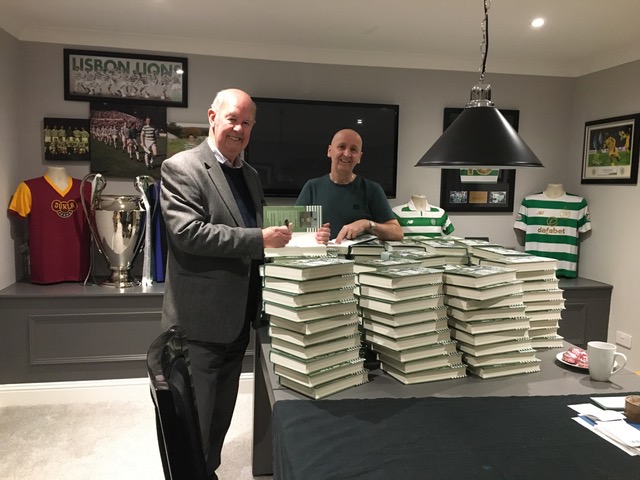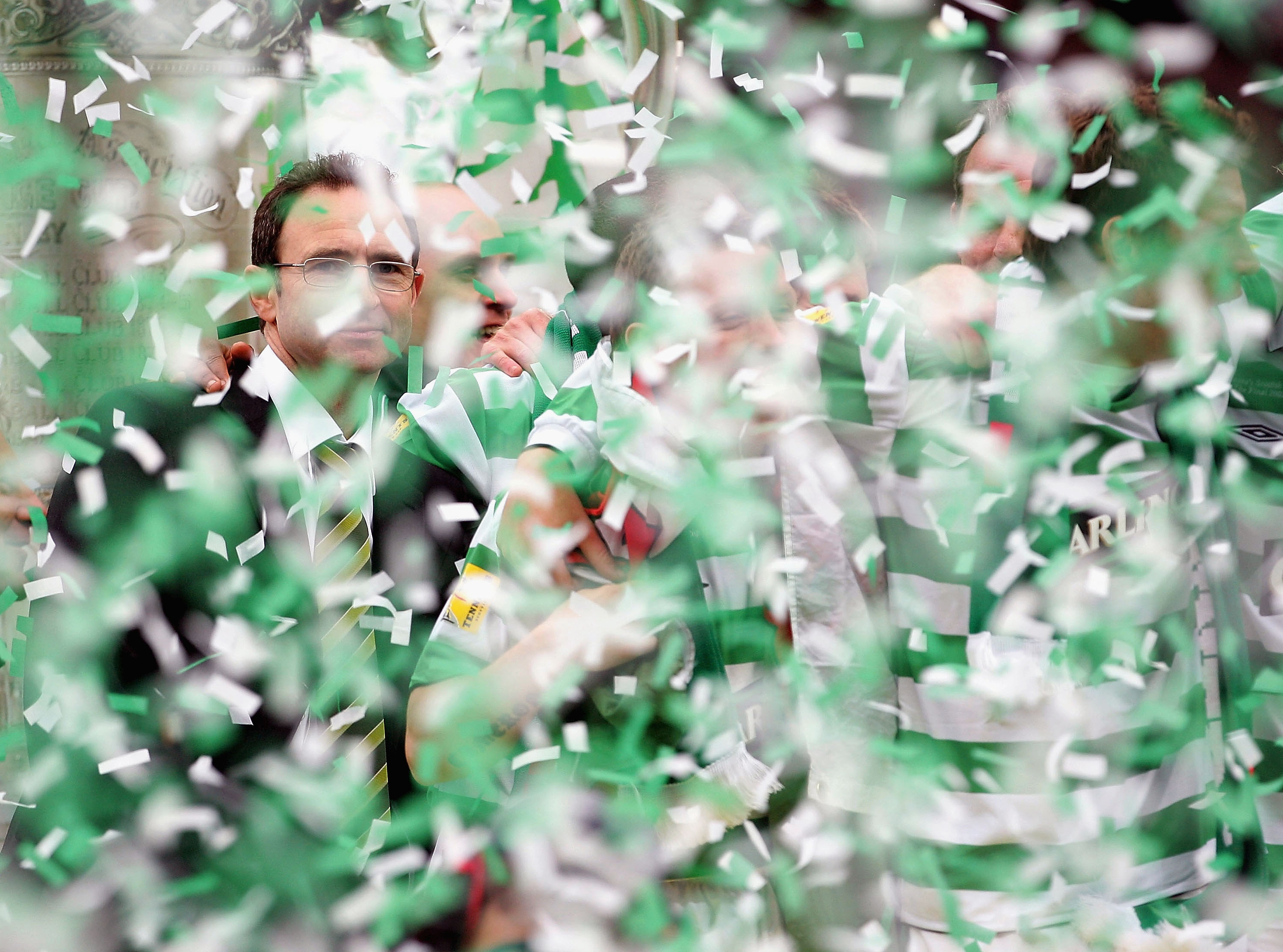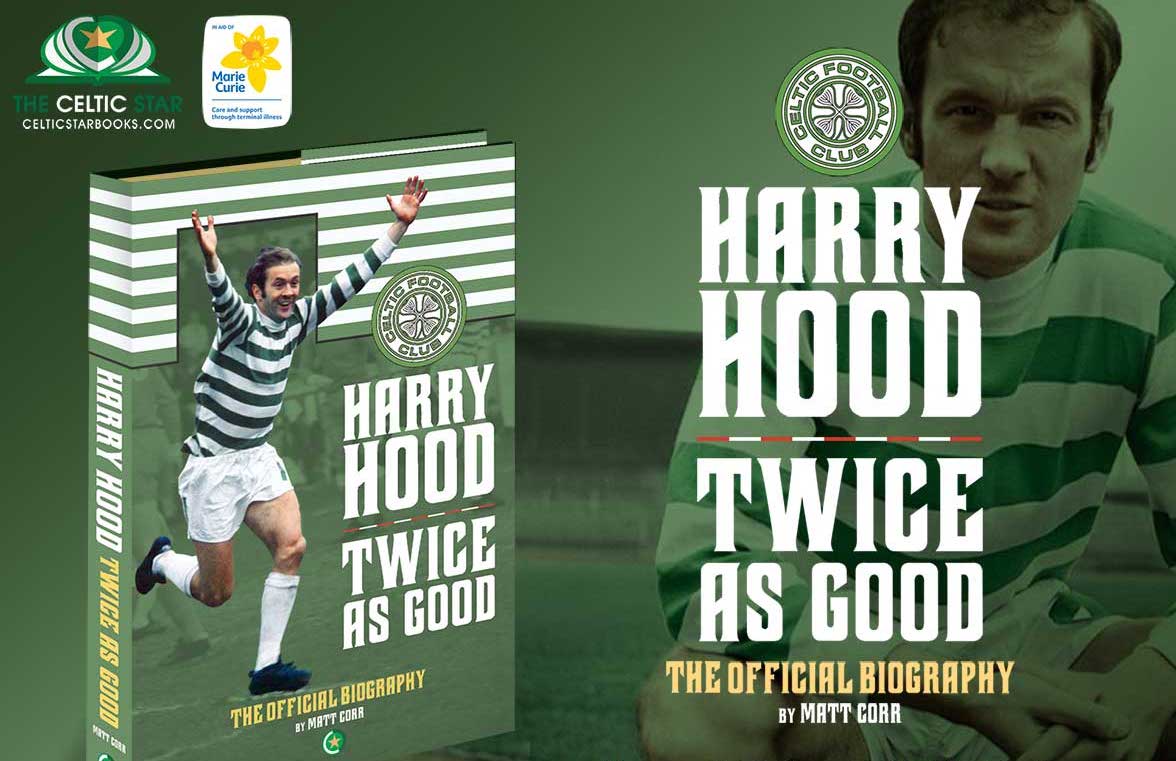Wonderful night at Celtic park for My good Friend Matt Corr’s book launch ,Majic,stan and the king of Japan ,and to catch up with my dads old team and Room mate the Gentleman that is Tommy Callaghan 🍀🍀🍀 pic.twitter.com/2vsEkiuiym
— Nicky Hood (@helenahood25) October 19, 2023
The story had a happy albeit a curious, suspiciously convenient ending. The following month, whilst in South America for the Chile World Cup finals, England selector and Sunderland chairman Syd Collings had an informal chat with Irish FA President Harry Cavan. By October 1962, the Irish association had lifted the ban and Sunderland manager Alan Brown had paid £27,500 to bring Johnny Crossan to Wearside, the Derry man making his debut in a 6-2 victory over Grimsby Town at Roker Park in November, just three weeks before Harry Hood made his own senior breakthrough for Clyde at Ibrox.
Two years later, Sunderland’s poor start to the 1964/65 season now prompted action at boardroom level. Overtures were made to Rangers to sign former Scotland captain Eric Caldow, and when that approach was rejected by the Ibrox board, the Rokerites turned to Jock Stein’s Hibernian to agree a £36,000 fee for Irish international left-back John Parke. Sunderland then headed due west to improve their attacking options by paying £26,000 to Clyde for their talented teenage forward Harry Hood.
A contract was duly signed on Monday, 9 November 1964, between Sunderland FC secretary Edward Marshall, on behalf of the club, and Henry Anthony Hood of 50 Gartons Road, Glasgow N1. Harry agreed “to play in an efficient manner and to the best of his ability for the club for the period of two years from that day until 30 June 1966.” Harry would receive a £2,000 signing-on fee and his basic weekly wage would be £40, and there were financial incentives for finishing in the top six of the First Division and progression in the FA and League Cups, all based on appearances.
Harry would also qualify for “talent money” at the rate of £20 per League point gained where he played and “normal match bonuses according to rules.” The contract was witnessed by Chief Scout, Charles Ferguson and offered the club an option of extending for a further two years from 30 June 1966.
Just 24 hours after putting pen to paper, Harry watched his new side in action for the first time, the League Cup providing a welcome diversion from the First Division struggle as the fourth-round draw sent Sunderland to Coventry on Tuesday, 10 November 1964. Having already beaten two top-flight sides in West Ham United and Blackpool – with their combined trio of future World Cup-winners Martin Peters, Geoff Hurst and Alan Ball – Sunderland were favourites to dispose of Jimmy Hill’s Coventry City, newly promoted to the Second Division.
The tie would not go to script, however, the Sky Blues 4-0 up at Highfield Road before a second-half John O’Hare double put some semblance of respectability on the scoreline. The following evening, back in North London, a Scottish international select beat Tottenham Hotspur 6-2 at White Hart Lane in a testimonial match for John White, the opening goal for the hosts scored by Hearts Tommy White, brother of the late Spurs and Scotland star.
The silver lining in the Sunderland cloud would be the introduction of Harry Hood at centre-forward for the visit of Burnley the following Saturday, 14 November 1964, the new signing one of four Scots in their forward line as Johnny Crossan found himself the man left out after the midweek cup defeat in the West Midlands. The teams lined up as follows in front of 36,000 supporters at Roker Park.
Sunderland: Jim Montgomery; Colin Nelson & Len Ashurst; Dave Elliott, Dickie Rooks & Jimmy McNab; Brian Usher, George Herd, Harry Hood, John O’Hare & George Mulhall.
Burnley: Adam Blacklaw; Fred Smith & Mick Buxton; Brian O’Neil, John Talbut & Brian Miller; Willie Morgan, Andy Lochhead, Ray Pointer, Arthur Bellamy & John Price.
Scots were very much to the fore as Andy Lochhead gave the visitors an early lead before George Herd and George Mulhall beat international goalkeeper Adam Blacklaw to give Sunderland a 2-1 lead at the interval. A Dickie Rooks penalty stretched that lead before boyhood Rokerite Arthur Bellamy ended the scoring at 3-2. It was a winning start to his life as a full-time footballer which left an indelible impression on the young Harry.
“I was absolutely stunned when I ran out at Roker Park for my debut. Remember, in my career I would ultimately play in front of huge raucous crowds in Glasgow, but I’ve never forgotten what the noise and atmosphere was like inside Roker Park.”
There was no raucous crowd in the east end of Glasgow that same afternoon. Having failed to lure Harry to Parkhead, Celtic switched their attention to Falkirk, signing inside-forward Hugh Maxwell for £15,000 on Friday, 13 November 1964. The move was pretty much ignored in the media, thus leading to some puzzled looks amongst the home supporters in the 15,000 crowd who rolled up the next day to find a tall redhead wearing the number 10 shorts as Celts lost 2-0 to Dundee.

The transfer date would prove to be a suitable omen for the new Bhoy. He had scored all seven goals for Falkirk in a 7-3 win over Clyde at Brockville in one of Harry’s early appearances for the club, however, he would manage only two in eight matches for Celtic before joining St Johnstone at the end of that season. Strangely, life after Harry for Clyde would continue with another trip to Brockville, Dave Souter plucked recently from his former club Arbroath by Shawfield manager John Prentice and handed the number nine jersey for his debut. There would be no repeat of the 7-3 mauling of two years earlier, as the match ended goalless.
Harry’s first away appearance in English football came seven days later, Saturday, 21 November 1964, at Bramall Lane against Sheffield United. The Sunderland selection committee made six changes to the team which had beaten Burnley the previous week, with debuts for two Irishmen, John Parke, their recent signing from Hibernian, and winger Billy Campbell, a £7,000 acquisition from Belfast’s Distillery. There was also a return for three other Irish stars, Martin Harvey, club captain Charlie Hurley – future Distillery midfielder Martin O’Neill’s boyhood idol – and Johnny Crossan, as Sunderland lined up as follows.
Sunderland: Jim Montgomery; Cec Irwin & John Parke; Martin Harvey, Charlie Hurley & Jimmy McNab;
Billy Campbell, George Herd, Harry Hood, Johnny Crossan & George Mulhall.
The hosts fielded future Leeds United and England striker Mick Jones, albeit he was not on target as they ran out comfortable 3-0 winners on the day, to inflict a ninth successive defeat on the road for the Wearsiders. Sunderland were a goal down within the first minute, then played for most of the second half with 10 men, after Hurley was forced from the field with a recurrence of his thigh problem.






off topic,but i think we should give Scales a go in midfield and this would also allow one of the new centre-halves to show what they can do.